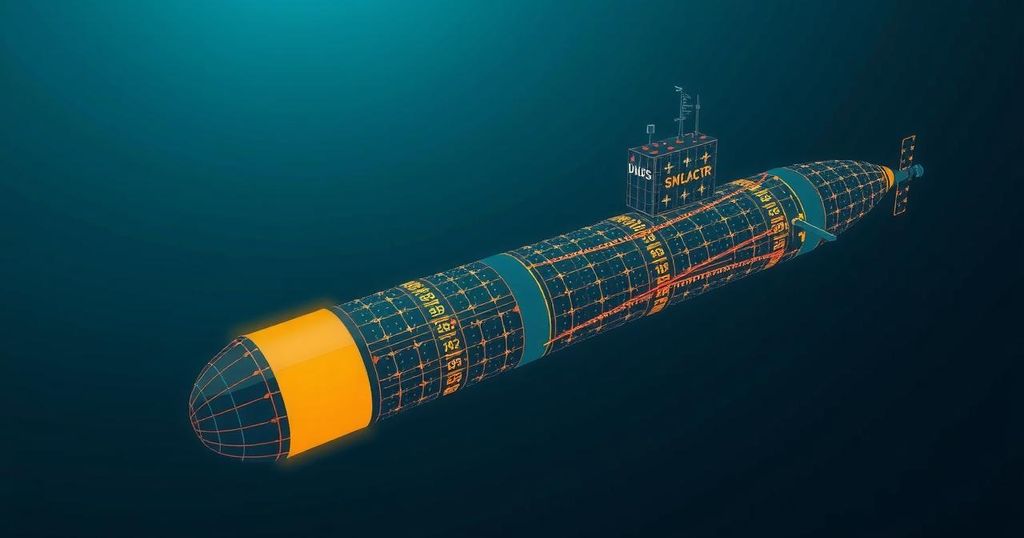New Submarine Detector Exhibits Significant Potential in South China Sea Operations
Summary
A new submarine detector developed by researchers at Shanghai Jiao Tong University has exhibited remarkable capabilities during trials in the South China Sea, achieving a detection range 10 times greater than existing technologies. This device captures low-frequency signals from significant distances, allowing for potential military target tracking, as detailed in the Chinese peer-reviewed Journal of Vibration and Shock.
Researchers from Shanghai Jiao Tong University have unveiled a new submarine detector which has demonstrated exceptional capabilities during tests conducted in the South China Sea. This innovative technology, roughly equivalent in size to a pickup truck, operates by utilizing the seabed to capture low-frequency signals associated with underwater activities. During trials, the detector successfully identified faint electromagnetic waves produced by a rotating propeller from a distance of nearly 20 kilometers (approximately 12 miles). By carefully analyzing these specific low-frequency emissions, the researchers propose that they could potentially track and pinpoint military assets under the sea. These findings were recently documented in the prestigious Chinese peer-reviewed Journal of Vibration and Shock, highlighting the strategic implications of their research. The detection range achieved by this device is reported to exceed previous technologies by a factor of ten, positioning it as a significant advancement in underwater surveillance capabilities, particularly amid escalating tensions in the maritime domain.
The development of submarine detection technology has become increasingly critical, especially with rising concerns over global security and military preparedness. Traditional underwater detection methods have often faced limitations, particularly regarding detection range and sensitivity to low-frequency signals. In a context where nations are enhancing their underwater military capabilities, innovative approaches that leverage seabed monitoring for submarine tracking have the potential to redefine naval warfare strategies. The research conducted by the Shanghai Jiao Tong University team represents a meaningful advancement in this field, potentially changing the dynamics of underwater military engagements in strategically significant regions such as the South China Sea.
In conclusion, the submarine detector developed by Shanghai Jiao Tong University exhibits significant potential for enhancing underwater surveillance capabilities. With a detection range unprecedented in its class, this technology may provide substantial advantages in tracking and positioning military targets. As nations navigate the complexities of maritime security, such innovations could prove crucial in shaping the balance of power in underwater tactical operations.
Original Source: www.scmp.com








Post Comment